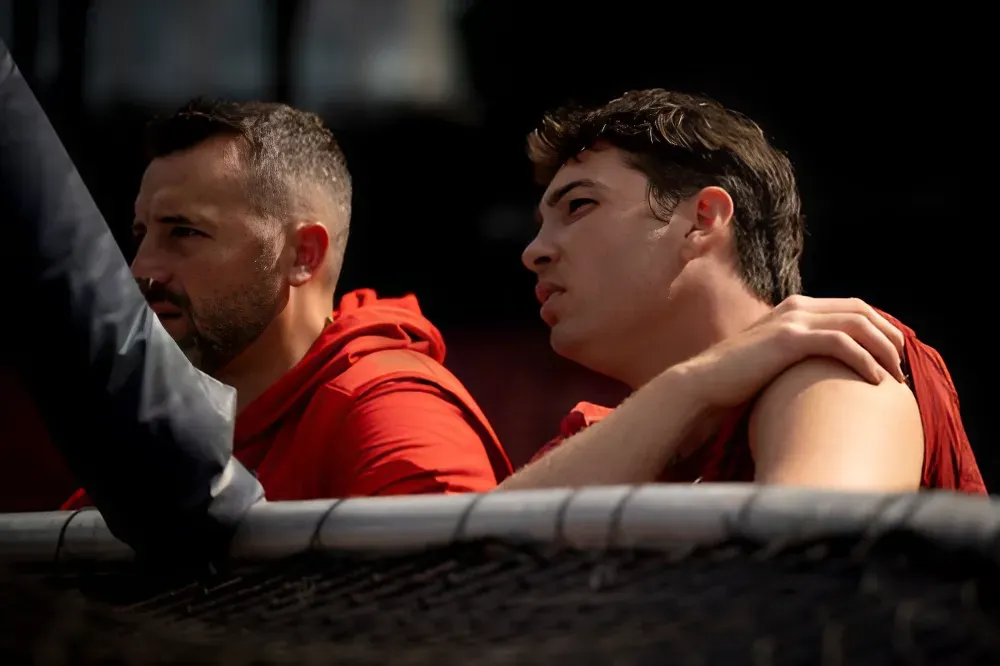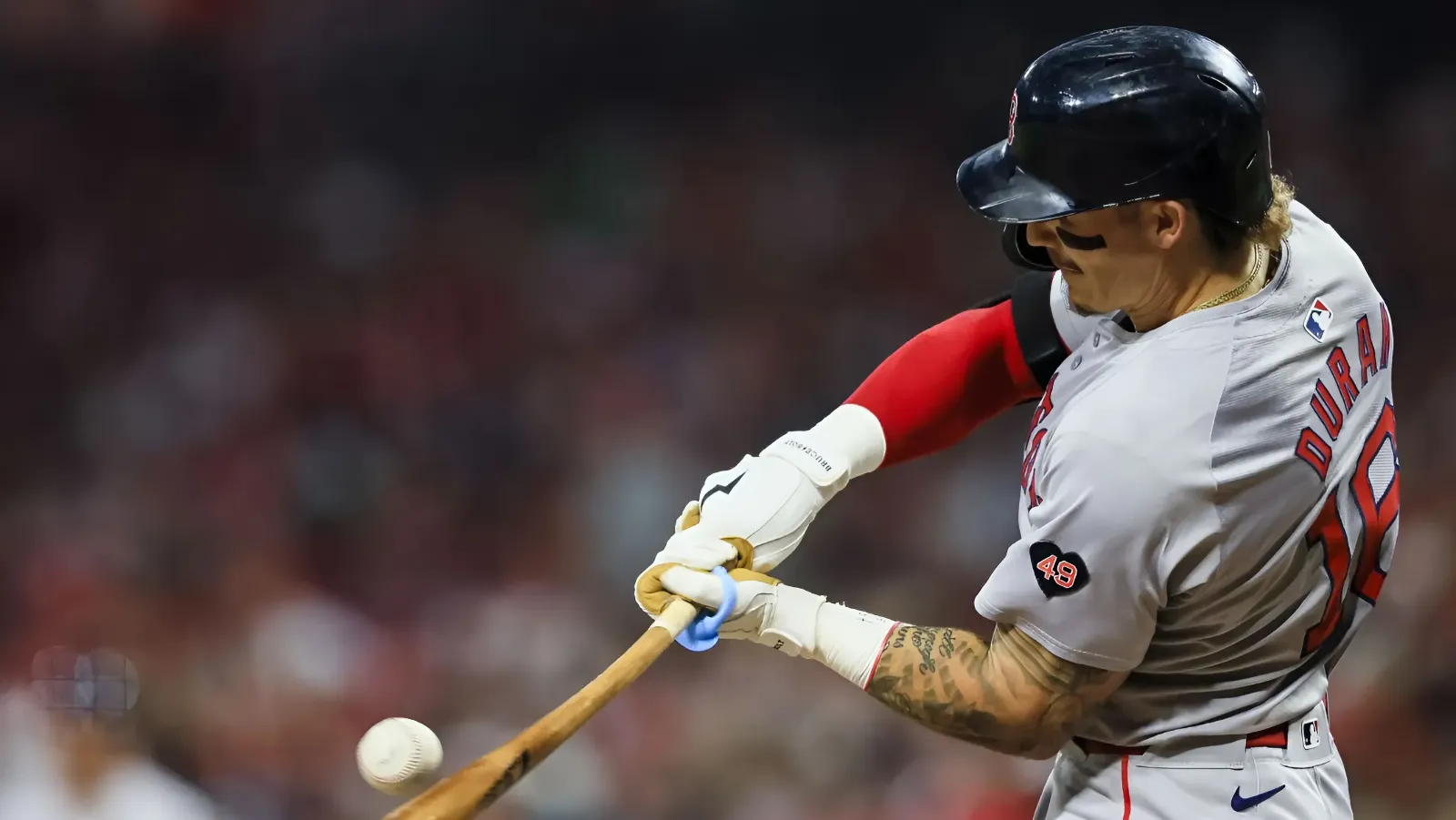To paraphrase Professor Harold Hill of the Music Man, "There is trouble in Beantown." The source of that trouble is John Henry.

Henry recently exhibited indifference to team Hall of Fame inductions, one of the franchise's more important public relations stunts. Henry — as is his prerogative — discussed not selling the team. It's a common demand among Red Sox fans these days. If Henry wants Fenway sellouts, make it the home port of the Savanah Bananas.
As the season kicked off with promise, Red Sox fans held their breath. But, as expected, the problems have begun to surface slowly but surely. The most significant figure to ownership is attendance, which is slightly above 31,000 per game, with that consecutive sellout streak a distant memory. For fans, the most crucial issue is winning and coming in to see a player you must see. You know, like a Mookie Betts.
The Red Sox ownership's failure to secure young talent in a timely manner has left the team in a precarious position. They would have had no luck if it weren't for bad luck, such as Garrett Whitlock's injury. Whitlock, a talented swingman, is now out for the count after signing a four-year deal a few years back.
Brayan Bello and Ceddanne Rafaela inked extensions. Bello has had (no surprise) an injury and been less than the expected ace. Rafaela has been the model of inconsistency on defense and offense. They are both young and have plenty of time to turn their luck around.
The Red Sox's big offseason trade was dumping Chris Sale and picking up young infielder and hot hitter Vaughn Grissom. Sale has veered back to the Sale of 2017, and Grissom is struggling with the Mendoza Line. The Braves have blessed Sale with another contract extension—more of when things go bad, as Sale is exceeding expectations.
Free agency has been one of bitter disappointments, with Trevor Story seeming cursed and Masataka Yoshida's month on the shelf. Even before his long stay on the injured list, he wasn't exactly ripping the cover off the ball. Don't even get me started on Rafael Devers' contract extension that will eventually make Pablo Sandoval's and Carl Crawford's look like a bargain. But the real problem is the division.
The Orioles are loaded with talent, and the Yankees are loaded with money. Both have dished out prospects to strengthen their clubs — how would Corbin Burnes look on the hill and Juan Soto in the Sox batting order? Surely pitching coach Andrew Bailey would like an experienced vet like Burnes in his rotation. Still, O's management does not exhibit the same risk aversion as Red Sox management, and neither do the Yankees, who have solid core talent and will battle the Orioles while Boston can play spoiler.
Is there a turnaround? Boston can match most if not all, clubs dollar for dollar, but it is different from how much you spend to how you spend it. In the past, they took on dead money, wretched free-agent contracts, and signed extensions without fear. Now, they tread lightly.
In the past, prospects were chips to improve the product, and they had zero qualms about pulling the trade trigger to get Pedro Martiínez, Josh Beckett, or Curt Schilling. Now, each prospect is treated like a later-day Jeff Bagwell, and a deal will blow up in their face.
It's time for management to display some courage. This management has veered off what traditionally has been successful and now provides a culture of failure.
The path for this team is becoming etched in an unpleasant reality: a string of .500 teams will take place, a return to the late 1950s without an attendance anchor like Ted Williams or David Ortiz. The Red Sox are on a road to irrelevance in baseball and for the local sports dollar.



